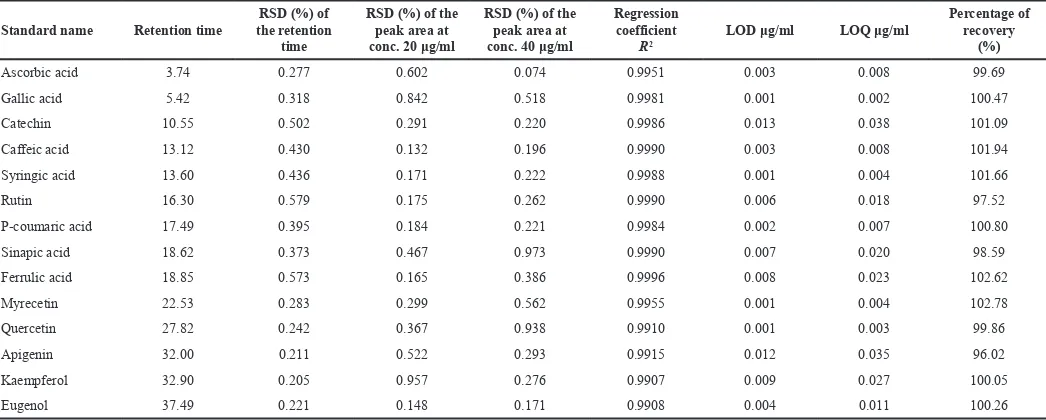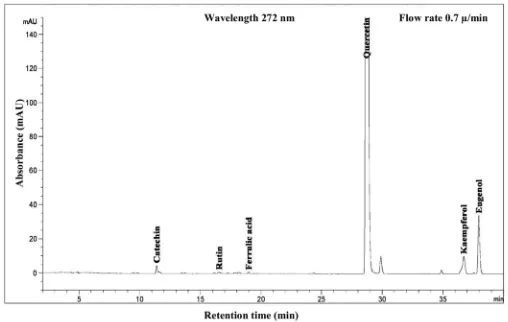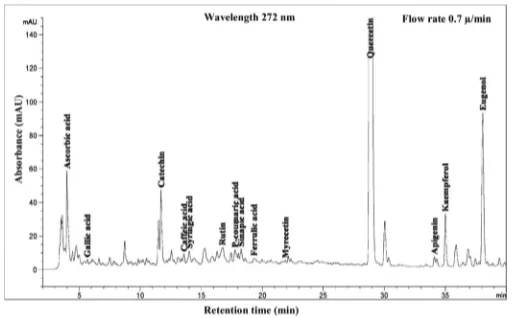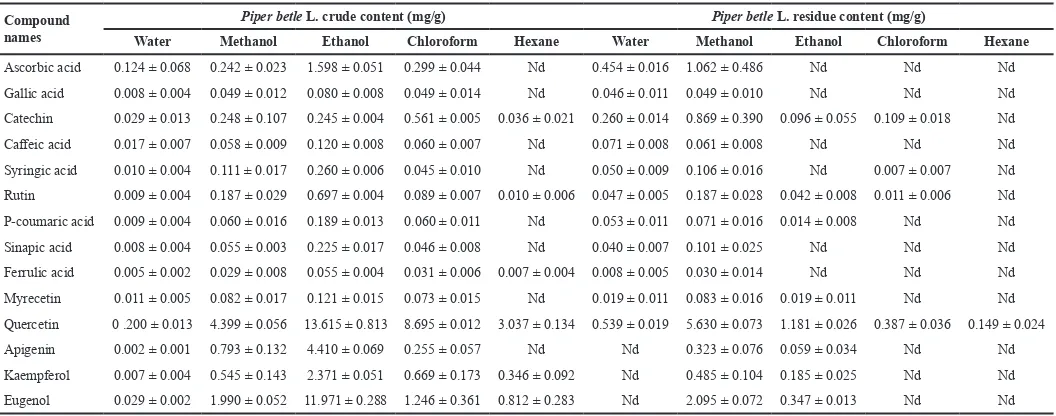Bioanalytical HPLC method of Piper betle L. for quantifying phenolic compound, water-soluble vitamin, and essential oil in five different solvent extracts
Full text
Figure




Related documents
The trace element concentrations in biogas plants resulting from input mixtures of energy crops (legumes, amaranth, faba bean, and ryegrass) and maize are calculated.. Results: High
Thoracolumbar disc extrusions in chondrodystrophic dogs (Hansen type I protrusions) may progress over Figure 5 CT scan in bone window through L3-4 showing calcified material
first-time students entering community college institutions enroll in developmental education.. courses
ralissimo and the Minister of War, and a little lat- er he reached the Chancellery. This position, al- though constructive, was very short, and because of the conspiracy
The shifting tides of merger litigation may be stirring up the waters of this competition again. The explosion in multijurisdictional deal litigation was one of
It is a responsibility of a teacher to deal with any bullying case in school, hence, it is not fair to judge or perceive a teacher as less effective or less
The aim of DNDi Japan is exclusively charitable, and includes but shall not be limited to: assisting people in developing countries who are suffering from tropical diseases
Contrasting urinary LH excretion among the 3 groups, these change scores adjusted for the initial level were mar- ginally different (Kruskal-Wallace p < 0.06, DF = 2); how-
